The following is a report from Bill Donegan on a living history event in Sutton, WV:
18th Century Event
Re-enactors’ presentations were revealing at the Braxton County Courthouse last Saturday (7-21-12).
Jim and I want to add an 18th Century impression to our repertoire. A friend of ours, who had some 18th century men’s clothing for sale, left a few things at my house for Jim to try on. There was a hat, shirt, waist coat (Weskit), and a sash. Jim asked: “where are the pants?†The answer to his question is quite revealing to say the least.
Linda and I discovered an 18th Century (1760 to 1860) time-line event at the Braxton County Court House in Sutton on July 21, 2012. This was the second annual Elk River Gathering. This is a West Virginia Humanities Council sponsored event. There were seven presenters, representing Native Americans and early European settlers of the period. These presented skills of cooking, hunting, fishing, plant use, child care (the youngest participant was a baby) log house construction, bushwhacking techniques, and a walk through history.
Linda and I had just listened to a history of West Virginia Archeology, presented by Doctor Robert Maslowski, and had gone to the corner café for a bite to eat. We sat at the window table from where we could see the early Colonial couple. Linda said, “Is that man wearing pants?†“I don’t think he is wearing any pants!†Each time the man bent over to chop on a log you could see that he was wearing a loin cloth but no pants. She had to take some pictures, and she did (from the table inside the café).
Following lunch, Linda and I walked over to the wood chopper’s display and began to learn about 18th century American life. I learned that the early male settlers, who were craftsmen, often adopted the Indian style of clothing. The first thing I noted was that the man wore moccasins, which were a decent way of going barefooted as they offered no protection to the feet. They are made of deer skin and laced with leather thongs. Next were leggings, made from tanned Elk or deerskin, and protected the legs from ticks, insects, and undergrowth in the woods. These were attached to a belt or rope tied around the man’s waist. The leggings usually came only half way up the thigh but our man wore his to his hips (for good reason too because he had no pants on). Breeches, Trousers, and overalls were worn but not our man. He was wearing a Breechcloth. Breechcloths were made of light wool broadcloth which were 8â€-9â€wide and hung about 12†below the belt in front and back. The man wore a common linen shirt with no Weskit. Wrapped around his waist he wore a woven silk sash wrapped around twice and tied. This was used to make a sling if injured and could be used as a stretcher to carry someone. On his head he wore the three cornered type as worn back east.
Attached are photographs,
Respectfully submitted:
Bill and Linda Donegan
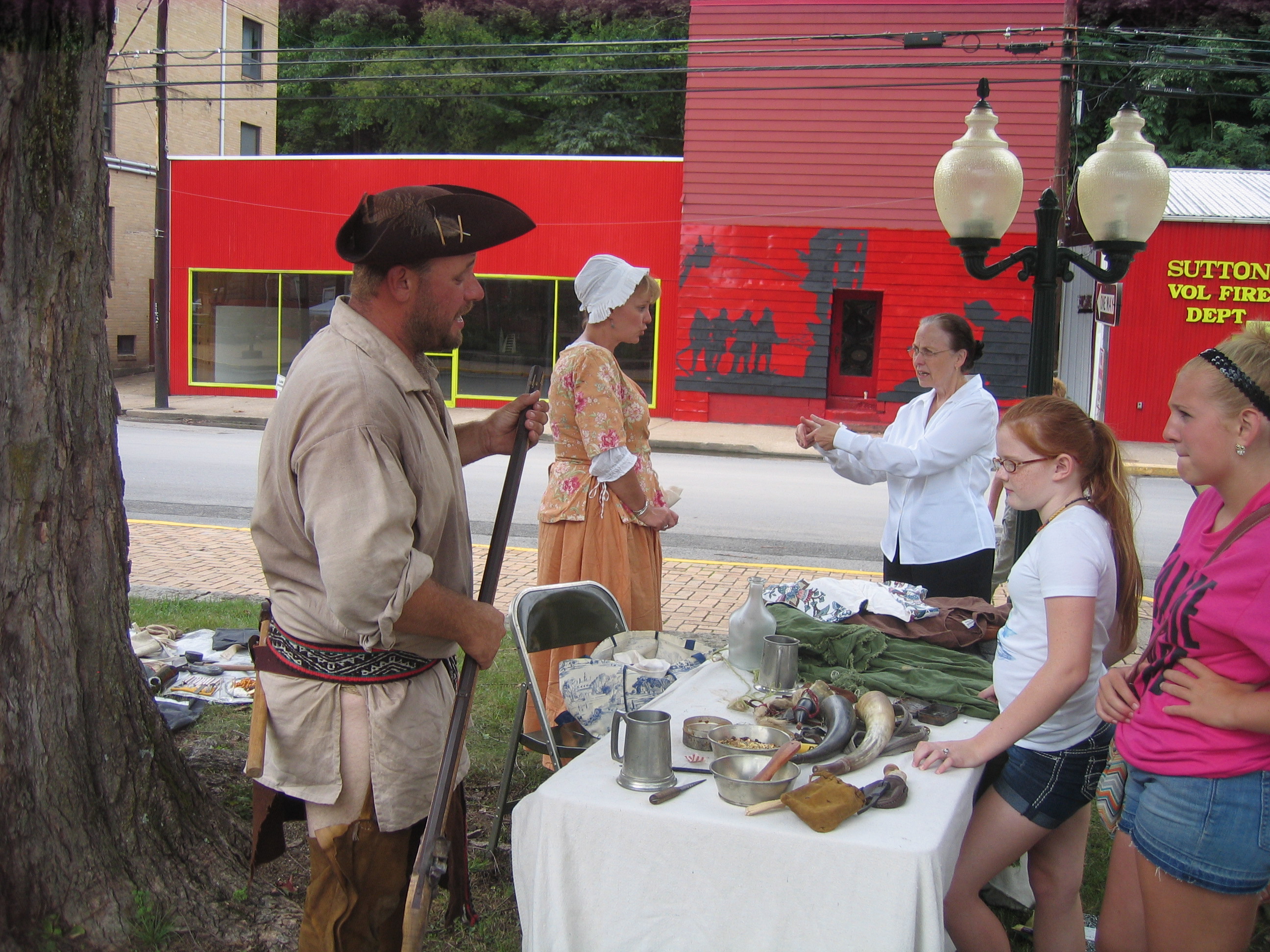

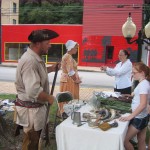
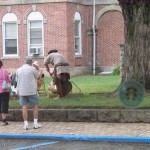
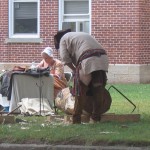
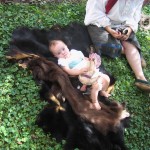
Leave a Reply